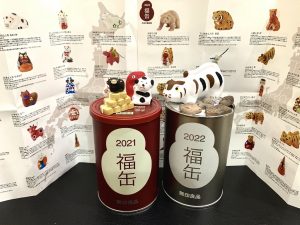#intellectual property #patent attorney The TV drama “Copy That?” was introduced on our blog some time ago. Have you been watching it?
I watch it every week. By the way, I rarely watch TV dramas. I started watching it “just in case” because I work at a patent firm, but the content was more elaborate and interesting than I expected, and now I even record it every week to watch it (laugh). Personally, I have also learned the difference in perspective between a corporate IP department and a patent firm.
I started reading the original novels (1 and 2) after watching the drama, and a comicalized version has already been published. It seems to be free to read so far. It looks like the original novel has been shrunk down so much that it can be read in no time at all. If you have read the novel, you may want to put the comicalized version off.
In the vein of introducing the comicalized version of “Copy That?”, I would like to introduce another work that gives you a taste of “intellectual property” work in manga form.
One such work is the manga “Heavy Guard,” published by the Japan Patent Attorneys Association (JPAA). Unlike “Copy That?” which is from the perspective of a corporate intellectual property department, this one depicts the daily work of a patent attorney from the perspective of a patent firm. Hirokane Production, well known for its “Kosaku Shima” series, is in charge of the artwork. So far, up to the 6th episode has been released, and each episode is divided into a first part and a second part, making it a fast-paced read. Its manga has more technical terms than “Copy That?” but it is not lacking in annotations.
Although it is different from “Copy That?” and “Heavy Guard” which are easy-to-read manga works for general readers, the JPO has published a manga called “Manga Examination Criteria – AI/IoT Edition –”. This is a “cartoon of the basic concept of patent examination standards” with the “desire to familiarize non-patent experts with patent examination” and so on. The JPO hopes that “those who are interested in fields other than AI/IoT-related technologies” will also find the manga useful, since “the basic concept of patent examination is common to other fields as well”.
The JPO has also published a manga, “History of Intellectual Property”. It introduces historical episodes of patents, designs, trademarks, etc., and features Korekiyo Takahashi, the first Commissioner of the Patent Office, as well as Japan’s ten greatest inventors. Local libraries have learning manga for children that feature inventions and discoveries, and this one is designed to be read in the same way.
(blink)






